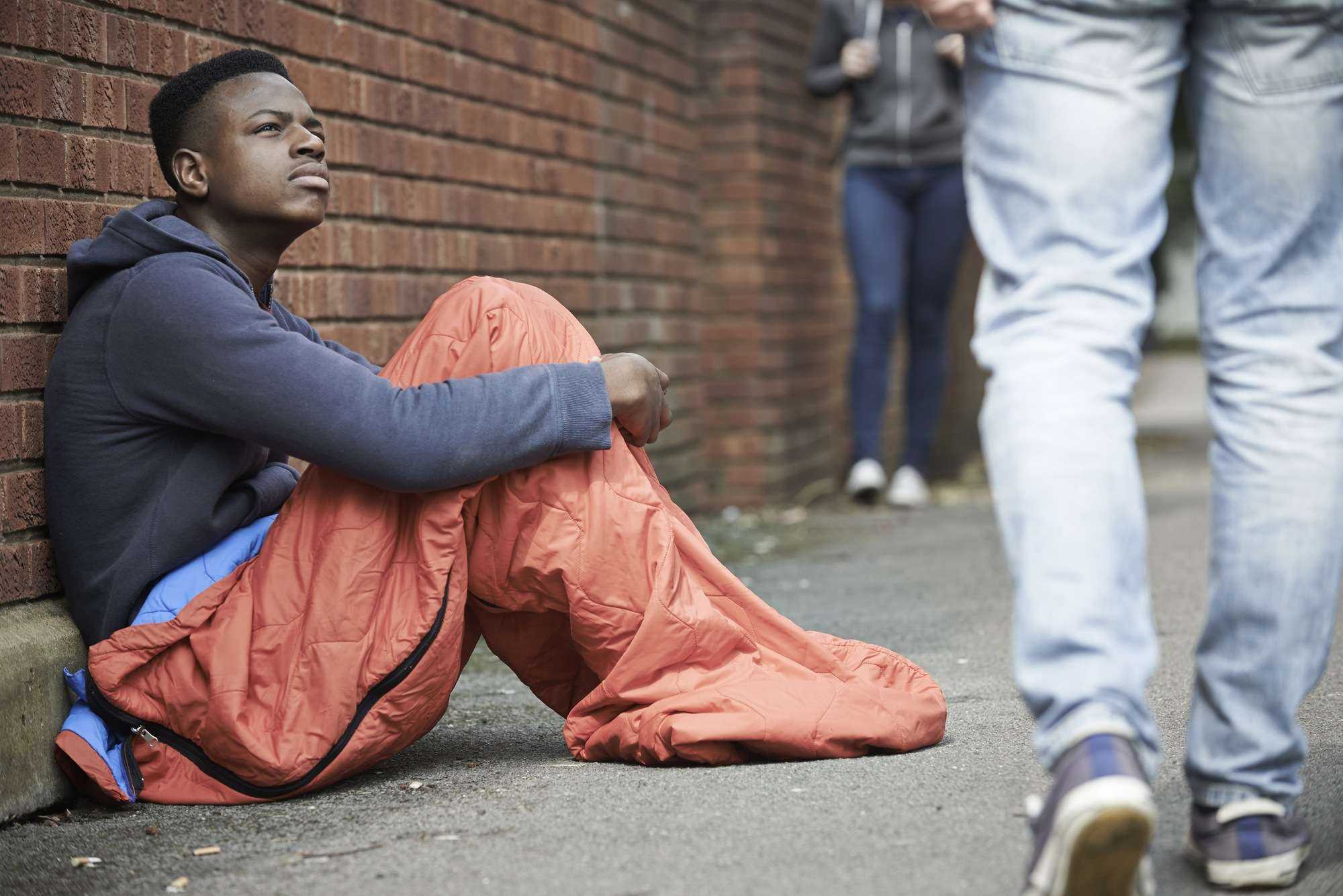BY SIMONE J. SMITH
The Coalition warned legal action against City of Toronto if they continued to fail the homeless population. Other groups have also stepped forward, fighting for those who are unable to fight for themselves. In early April 3rd thirteen physicians and nurse practitioners wrote a letter addressed to municipal and provincial officials. They called for immediate action to help people experiencing homelessness and living in hazardous housing.
The homeless in Toronto have resorted to living in tents lined up against the walls all over Toronto. “Many people have left the shelters altogether,” notes Nana Yanful, (Legal Lead representing the Black Legal Action Centre). Toronto Caribbean Newspaper had a chance to speak with Nana Yanful, and Ruth Goba (Executive Director of the Black Legal Action Centre).
Concerned organizations noticed the rising number of COVID-19 cases in homeless shelters, and on further investigation, it was found that the distance between beds was not in accordance with the standards. “It is impossible to physically distance,” reports Ruth. “The failure to immediately facilitate social distancing in existing city shelters and respite centres is a breach of the constitutional rights of those who are precariously housed.”
The current City of Toronto’s Shelter and Respite Standards are inconsistent with Federal and Provincial Health Guidance during the COVID-19 pandemic. The city is operating its shelter system with standards that are discriminatory and violate the right to life and security of the person (under sections 7 and 15 of the Charter of Rights and Freedoms). The current standards are also a breach of the Ontario Human Rights Code.”
It was reported that the city is still using bunk beds and other sleep settings where beds are less than one metre apart, and not the two metres called for by provincial and federal health standards.
On Friday, April 24th, the Black Legal Action Centre, Aboriginal Legal Services, Sanctuary Toronto, Canadian Civil Liberties Association, Cathy Crowe, and the HIV & AIDS Legal Clinic of Ontario filed proceedings against the City of Toronto over the deplorable conditions in city shelters and respite sites amid the COVID-19 pandemic.
Mayor John Tory called the lawsuit disappointing in a recent Skype session. “It isn’t a matter of snapping your fingers and moving people overnight and being able to say it’s all done. We have to do this carefully.”
“The city may try to tell you that they are taking a proactive approach moving people out of the system,” Nana told me. “We saw Mayor Tory’s interview. He claims they are moving thirty people a day, but there are 1000’s of people who are still stuck in these terrible situations. We are not collecting race-based data. There is a lack of transparency, and the numbers don’t seem to add up. How many more people do you have to move to keep people safe?”
Last week, the city said in a statement it had opened eleven new facilities and secured more than 1,200 hotel rooms for homeless people. About 770 people had moved into hotel rooms, with 492 people moved to community spaces.
“Our last check was that those 1,200 hotel rooms that the City of Toronto leased to temporarily house homeless individuals remain empty,” Nana tells me. “COVID-19 continues to highlight the severe issues that exist in our system. I was told of a senior who couldn’t be with his partner because she had cancer. He was too scared to go to the shelter, so he slept on a bench. He could have been ticketed. Another issue that we have to also be dealing with at this time is how disproportionately targeted the African community is by the police. There are many concerns that the racialized communities face during this time.”
The coalition wants the City of Toronto to take action by ensuring housing for the homeless. In a privileged existence for most, why are people suffering. The city needs to adhere to international Human Right Laws and show how important human rights are for all of us.

